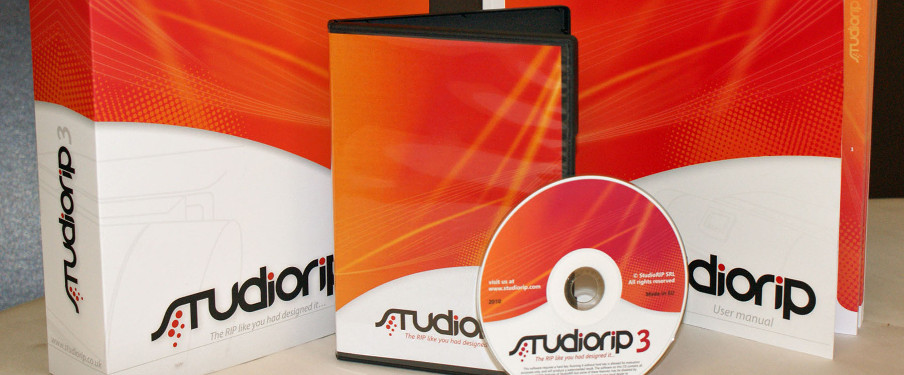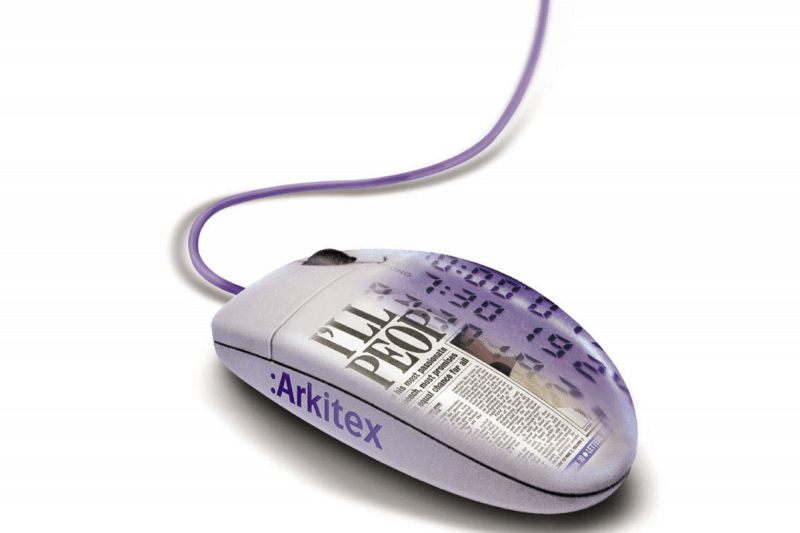
Broaden your selection:Category/Printing
Category/Printing
postscript (22)
Postscript Rip Software
- AccuRIP Ruby-EP is a Postscript RIP for use with non-postscript Epson. The FREE year of use ends on the anniversary of the software license activation.
- PostScript Level 2 was introduced in 1991, and included several improvements: improved speed and reliability, support for in-RIP separations, image decompression (for example, JPEG images could be rendered by a PostScript program), support for composite fonts, and the form mechanism for caching reusable content.
- PowerRIP ScreenPrint™ is a PostScript Level 3 Compatible RIP (Raster Image Processor) designed to produce high quality film positive or negatives with halftone dots using Epson inkjet printers. It provides more control over the ink than a native Epson driver, and allows users to specify which ink channels are used when printing black ink.
Postscript Rip Software Free
The remainder of this article focuses on PostScript RIPs. Hardware versus software RIPs. In essence, a RIP is a software program running on some kind of computer. In the 80’s all RIPs ran on dedicated hardware, computers that were designed to only run the RIP software and that didn’t necessarily include a keyboard, screen or mouse.
- Program started as a text to PostScript converter, with pretty printing and all the expected features of this kind of program, but it can now handle other file types (PostScript, Texinfo, DVI, web-authoring, PDF, etc.) provided you have the necessary tools. While highly configurable, everything was designed so that even a novice can do complicated PostScript manipulations. For instance, the program can delegate the processing of some files to other filters (such as groff, texi2dvi, dvips, gzip,etc.) which allows a uniform treatment (n-up, page selection, duples, etc.) of heterogeneous files It also includes support for a wide range of programming languages, encodings (ISO Latins, Cyrillic, etc.), medias, and Native Language Support (NLS).
- ADG
- The ADG library (Automatic Drawing Generation) is a set of functions focused on automating the drawing of mechanical parts. It is not a CAD system but a library providing a non-interactive canvas where you can put common CAD entities such as paths, xatches and quotes, to create your technical drawings. The final result can be displayed inside a GTK+ widget or exported to any cairo available format, such as PostScript and PDF documents or PNG and SVG images.
- Apsfilter
- Apsfilter is a magic print filter with automatic file type recognition. It features on-the-fly decompression and conversion, and works on both PostScript and non-PostScript (via Ghostscript) graphical printers. This package makes printing many file formats much easier.Among the supported formats are: gzip, bzip2, compress, freeze, pack, ASCII, BMP, data (PCL, etc.), DVI, FBM, FIG, FITS, GIF, Group 3 fax, HTML, IFF ILBM, JPEG, Kodak Photo CD, MGR, MIFF, PBM/PGM/PNM/PPM, PDF, PNG, PostScript, RLE, SGI, Sketch, Sun raster, Targa, TIFF, troff, WPG, X pixmap, XCF. Note that actual support depends on the installed filter programs.
- BarcodeWriter
- Barcode Writer in Pure Postscript (BWIPP) generates all barcode formats entirely within PostScript so that the process of converting the input data into the printed output can be performed by the printer or RIP itself. This is ideal for variable data printing (VDP) and avoids the need to re-implement the barcode generation process whenever your language needs change.Since this resource is written in PostScript and interpreted within the virtual machine of a printer it is compatible with any operating system and hardware platform.

- DataMelt
- DataMelt (DMelt) is an environment for numeric computation, statistical analysis, data mining, and graphical data visualization on the Java platform. This Java multiplatform program is integrated with a number of scripting languages: Jython (Python), Groovy, JRuby, BeanShell. DMelt can be used to plot functions and data in 2D and 3D, perform statistical tests, data mining, numeric computations, function minimization, linear algebra, solving systems of linear and differential equations. Linear, non-linear and symbolic regression are also available. Neural networks and various (language sensitive code highlighting) in several programming languages. It supports ten different input encodings, Adobe Font Metrics files, and user defined fancy headers. AFM files for the most common PostScript fonts are included in the distribution; the program itself can download PostScript fonts. Other features include language sensitive highlighting, N-up printing, inlined EPS images, comments, and the ability to change body color and font on the fly.
- Ggv
- GGV, the Gnome GhostView, is a Gnome PostScript document previewer.It can also preview PDFs, but as it is not a native PDF viewer, itdoes not take advantage of all the features of the PDF format. Usersare strongly discouraged from using it as their PDF viewer - use GPdfinstead!GGV was developed using the gv codebase.
- Ghostscript is an interpreter for the PostScript language and the PDF file format. It also includes a C library that implements the graphics capabilities of the PostScript language. It supports a wide variety of output file formats and printers.
- GtkPSproc
- 'GtkPSproc' is a GUI frontend for 'psutils'. It allows you to adjust all programs to your printer type (for example, always sending the pages in reverse order), to group two or more pages on a single sheet, to print booklets, and to easily print in double-sided fashion. It is designed to work from nearly all programs that call LPR, acting as an intermediary between the program and LPR, but it can work alone, too.
- GV (GNU Ghostview) is a graphical user interface to the Ghostscript interpreter. With it, one can view and navigate through PostScript and PDF documents in X Windows.This package is an improved derivation of Timothy O. Theisen's Ghostview, originally developed by Johannes Plass.
Free Postscript Rip Software
Permission is granted to copy, distribute and/or modify this document under the terms of the GNU Free Documentation License, Version 1.3 or any later version published by the Free Software Foundation; with no Invariant Sections, no Front-Cover Texts, and no Back-Cover Texts. A copy of the license is included in the page “GNU Free Documentation License”.

The copyright and license notices on this page only apply to the text on this page. Any software or copyright-licenses or other similar notices described in this text has its own copyright notice and license, which can usually be found in the distribution or license text itself.